We’re excited to introduce you to the always interesting and insightful Zara Stone. We hope you’ll enjoy our conversation with Zara below.
Alright, Zara thanks for taking the time to share your stories and insights with us today. We’d love to hear about a project that you’ve worked on that’s meant a lot to you.
The most meaningful project I’ve worked on was ‘The Women Who Were Branded for Sex’ for Cosmopolitan Magazine.
The backstory of this project began when I learned that survivors of sex trafficking were left with permanent, visible reminders of their trauma, as many had been branded with tattoos by their abusers. This was underreported, and I wanted to highlight the psychological impact of these brands. What made this project particularly meaningful was the trust these women placed in me to tell their stories.
Building relationships with the survivors was a months-long process. It required patience, empathy, and a commitment to handling their narratives with the utmost care and respect. It was challenging to work on. Many of the survivors were still recovering from their trauma, and I didn’t want to cause them any more distress.
This story reinforced my belief in how journalism has the power to create change. The impact of this piece extended far beyond publication. It sparked discussions about policy changes, inspired donations to survivor organizations, and led to offers from tattoo artists for free cover-up tattoos. It emphasized, to me, how sharing stories can make a real difference in people’s lives.


Zara, love having you share your insights with us. Before we ask you more questions, maybe you can take a moment to introduce yourself to our readers who might have missed our earlier conversations?
I’m a San Francisco-based journalist and author focusing on the intersection of technology, business, culture, and social justice. I first became interested in this field when I was growing up in London, England. I always wanted to know the how, why, and where, and was never satisfied with just a surface answer. This curiosity led to my career in journalism.
After graduating from Queen Mary University in London with a BA in English, I went onto work at various London magazines and news websites, reporting on the intersection of tech, business and culture for various publications, and making guest appearance on SKY News and BBC Television as a guest expert.
After a few years, I felt I really wanted to develop my narrative non fictions skills, and undertook a Masters in journalism at Columbia University, in New York. This helped extend my writing skills, develop my network, and my Masters project, “The K-Pop Plastic Surgery Obsession,” and a follow-up, “South Korean High Schoolers Get Plastic Surgery for Graduation,” was published in The Atlantic.
Post-university, I worked on The Wall Street Journal’s social desk, and then moved to Miami to be an on-air reporter for Fusion, an ABC News and Univision English speaking national television channel. During my time here, I reported on everything from racial bias in Florida, to Afrocentric education, mermaid camps, and mobile app reviews. I then transitioned into longform feature reporting. Over the last decade, my work has been published in major publications and syndicated worldwide, including Wired, The New York Times, Forbes, The Washington Post, The BBC, Vice, Fortune, The Information, and Fast Company.
In 2018, I began expanding my criminal justice reporting and really diving into the inequities and bias that face current and former incarcerated people. While exploring the history of the criminal justice system, I discovered that prison plastic surgery had been prevalent in the United States for over a century. Further investigation found that this was provided as a recidivism treatment, to help people fight the beauty bias, when they were released; research has found that physical appearance has a direct influence on one’s socioeconomic status.
To my surprise there was no good documentation of these plastic surgeries, which included face lifts, nose jobs, and chin implants, despite more than 500,000 people receiving these surgeries while incarcerated. The ethical implications of such work on an incarcerated population was troubling, however I could see why this could have been popular. Image — then, and now — has assumed such a huge weight in society, and the concept of redistributing privilege by shaping ones face seems an attractive proposition.
But did it really reduce recidivism? I had to know more. This research led to my book, “Killer Looks: The Forgotten History of Plastic Surgery In Prison,” which explores the history of prison plastic surgery programs, their impact on recidivism rates, and the prison industrial complex.
My work revolves around deeply reported stories that shed light on little known things, and bring larger talking points into the national conversation. My attention to detail, storytelling chops, empathy with my subjects and dogged reporting skills, makes my work stand out.


What’s been the best source of new clients for you?
When I was freelancing, I would say that personal referrals were very valuable. Often these come from editors I have worked with before, who have moved publications, former colleagues, and my larger peer network. Over time, I have developed trust via my prompt delivery of work, creative storytelling ideas, and quick communication style.
LinkedIn queries have also led to new commissions, and I use this platform to showcase the versatility of my work, so it’s easy for a commissioning editor to get a sense of my reporting style. I do have a website, but social media generally gets me more leads, with the website just the last check in the chain.
Platforms like LinkedIn and X (Twitter) have been instrumental in connecting with editors and other journalists. By engaging in industry discussions, sharing my work, and maintaining an updated profile, I attract attention from potential clients looking for experienced freelancers. LinkedIn, in particular, has been a source of high-quality leads and professional connections.

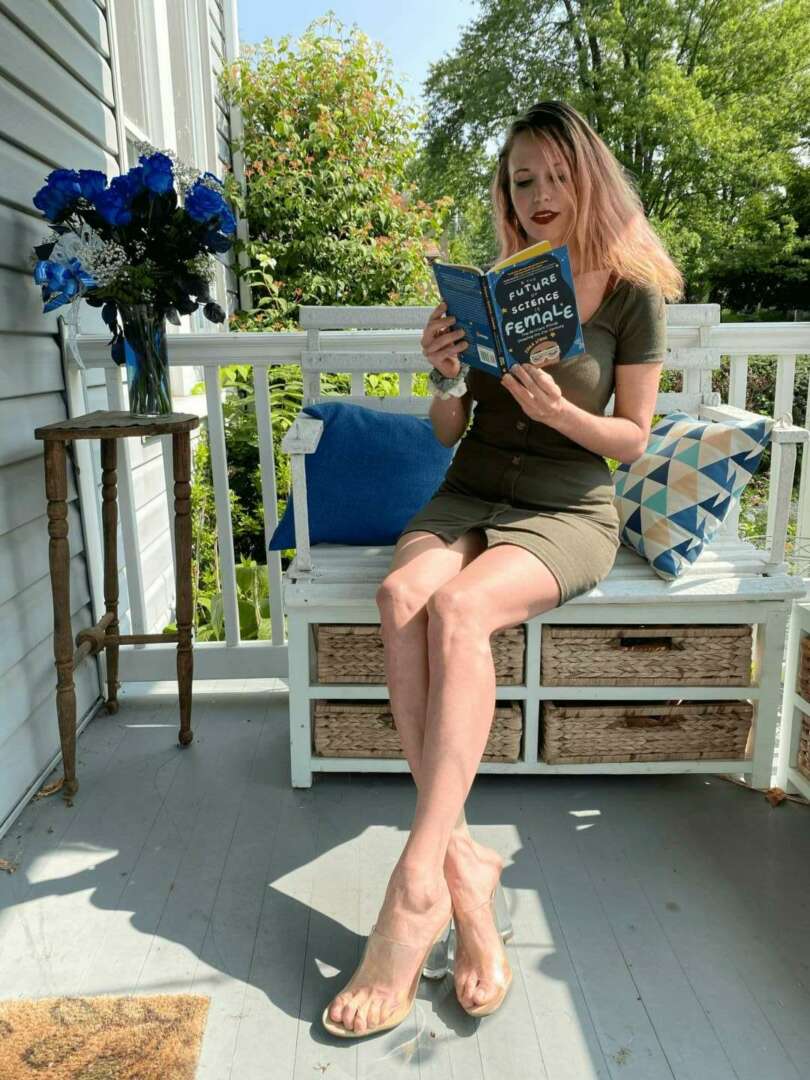
Is there mission driving your creative journey?
A big driver for me is exploring the hidden histories that underpin our society. “Killer Looks: The Forgotten History of Plastic Surgery in Prisons,” exposes an unknown aspect of the American penal system, which isn’t exactly known for treating offenders with kindness. Although the book is positioned as a primer on prison plastic surgery, it also examines significant issues such as society’s views on appearance, rehabilitation, consent, coercion, and biases towards beauty.
My objective when creating this narrative nonfiction piece was to get readers to rethink their assumptions about prisons, beauty standards, and the complex ways that these seemingly unrelated topics intersect in our culture.
By shining a light on overlooked corners of history and giving voice to those who have long been silenced, I hope to contribute to a more nuanced understanding of our world and the forces that shape it. The story of plastic surgery in prisons is, at its core, a story about identity, transformation, and the complex relationship between how we look and who we are.
Contact Info:
- Website: https://www.zarastone.net
- Instagram: https://www.instagram.com/almostzara
- Linkedin: https://www.linkedin.com/in/zarastone/
- Twitter: https://x.com/almostzara
- Other: https://www.amazon.com/Killer-Looks-Forgotten-History-Plastic-ebook/dp/B099J7ZY2T/

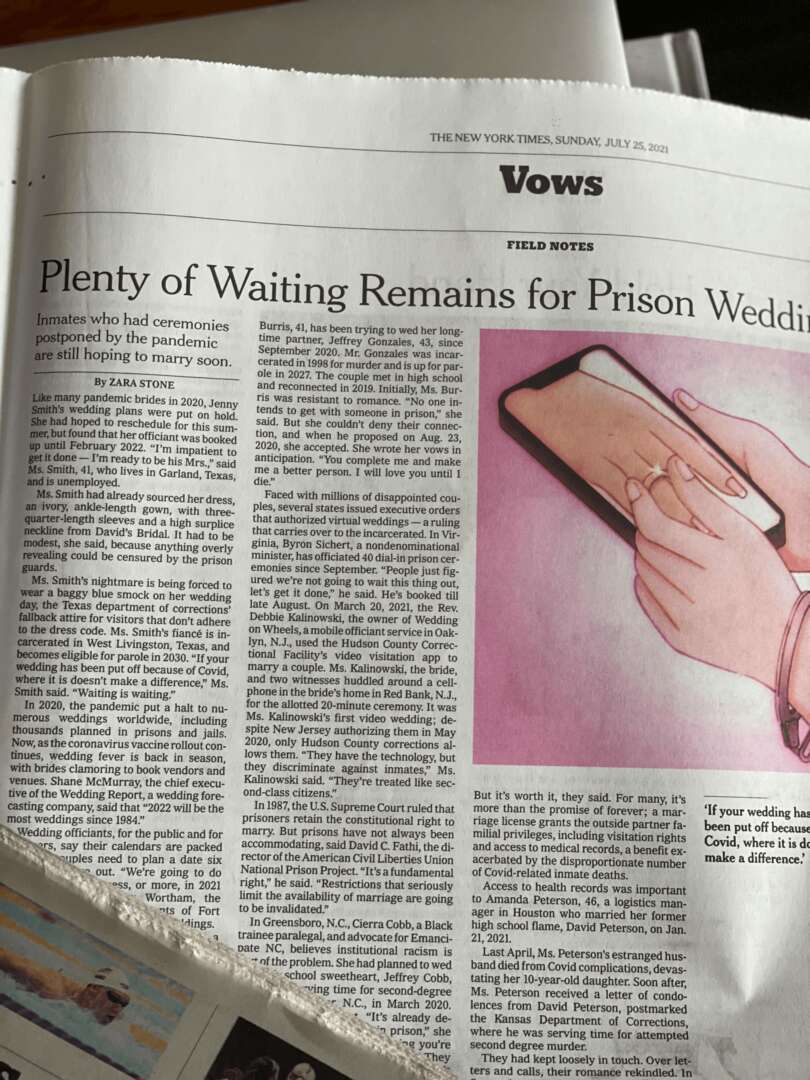
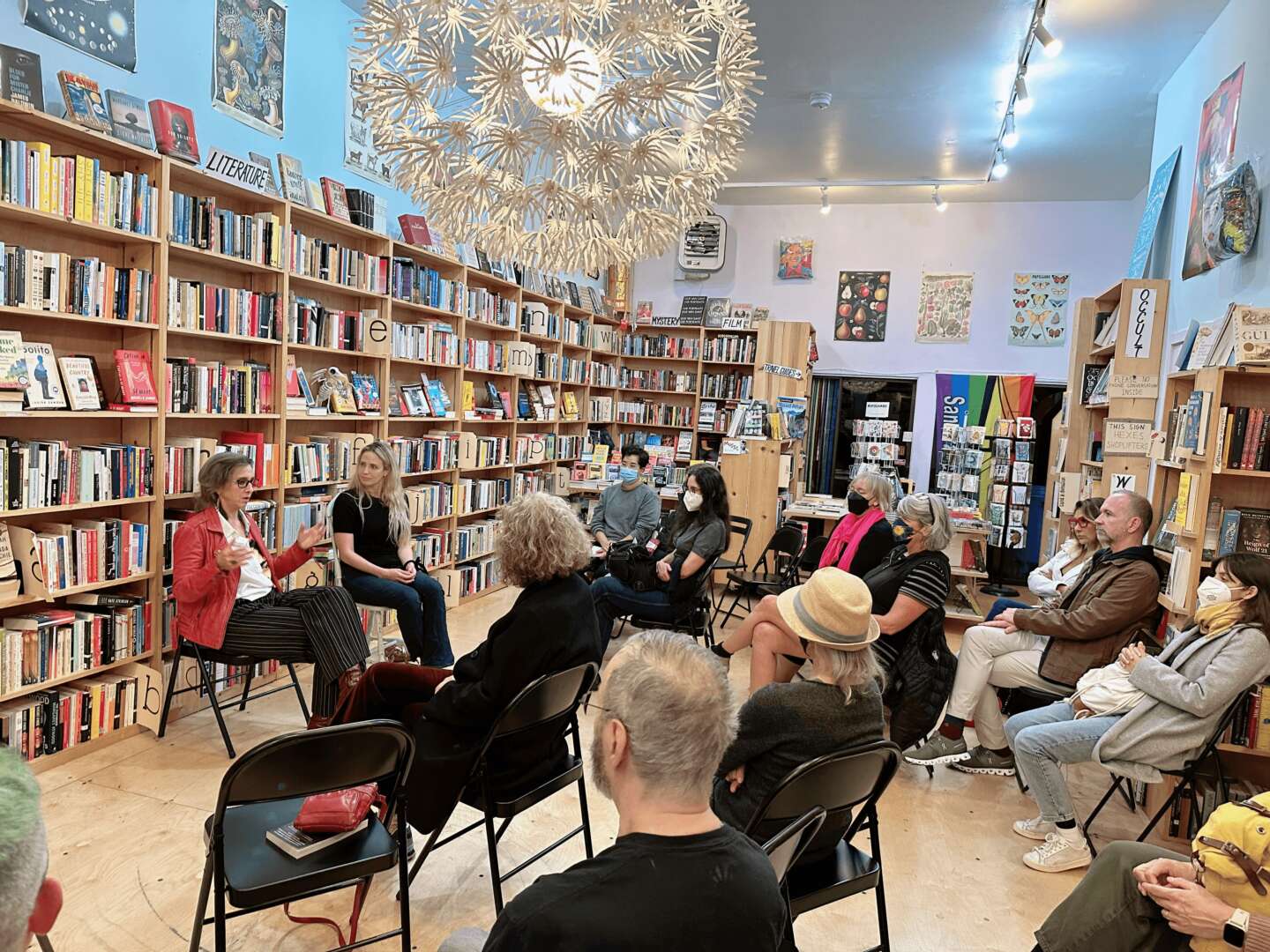
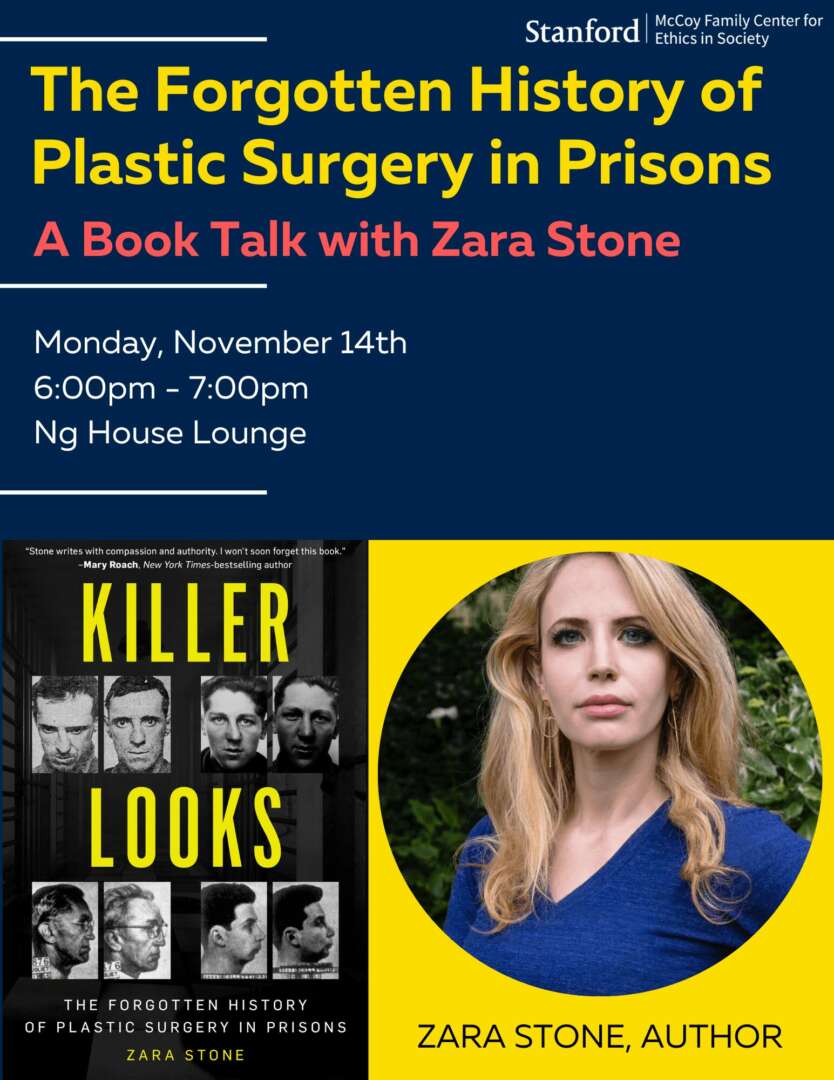
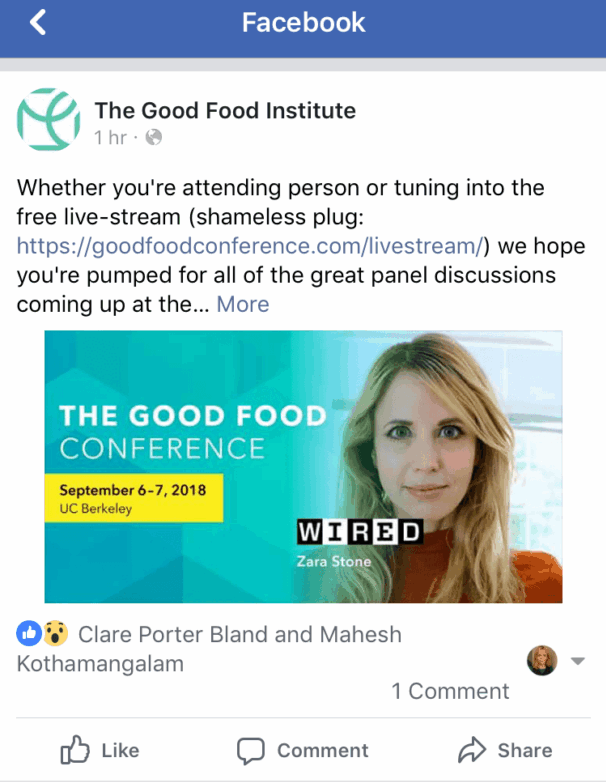
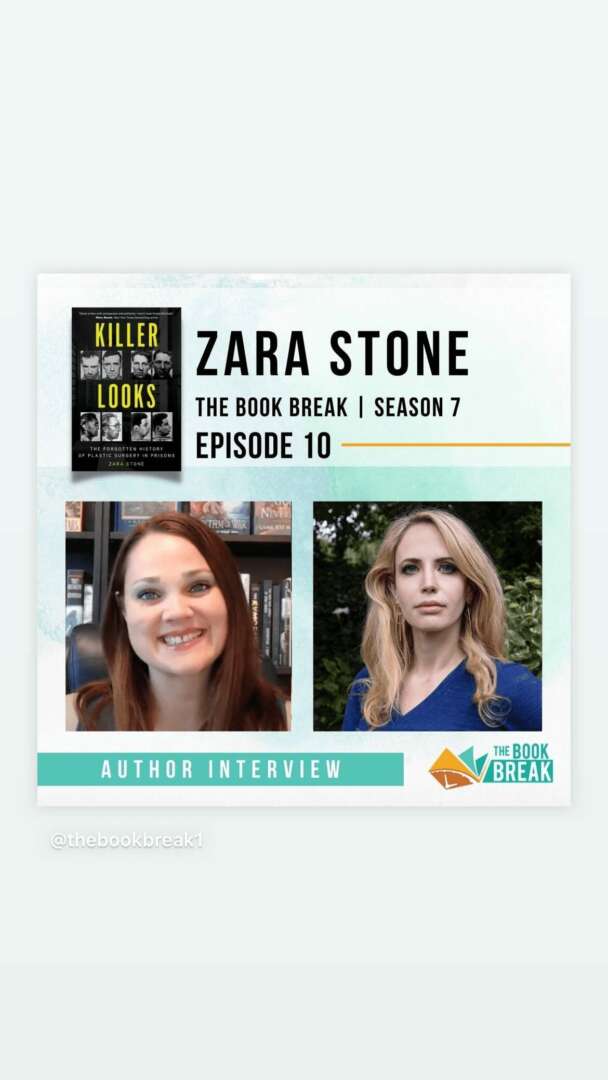

Image Credits
Zara Stone


